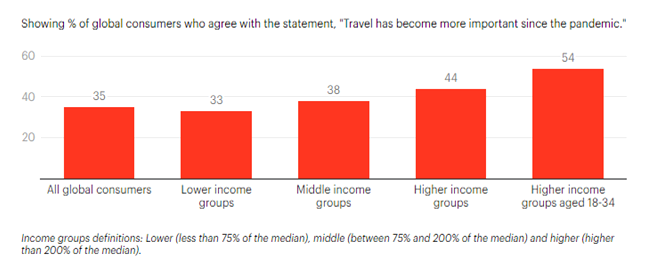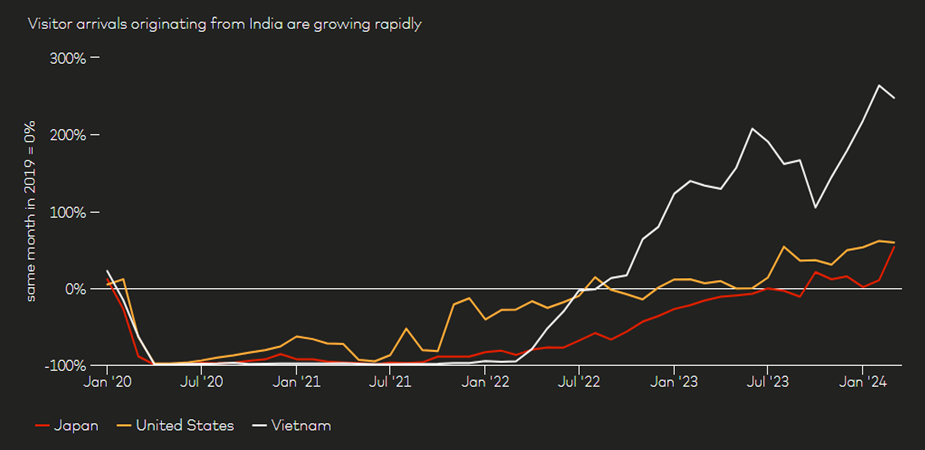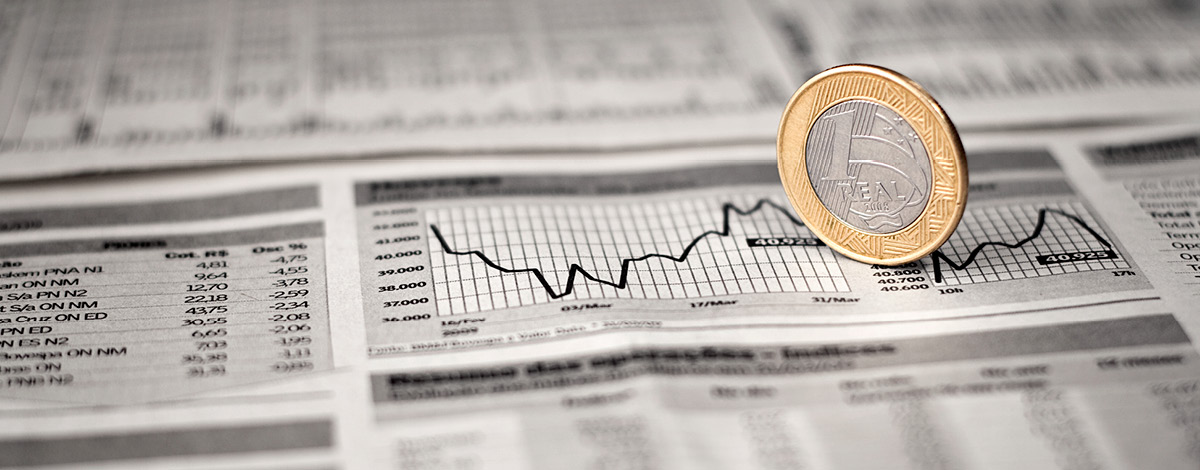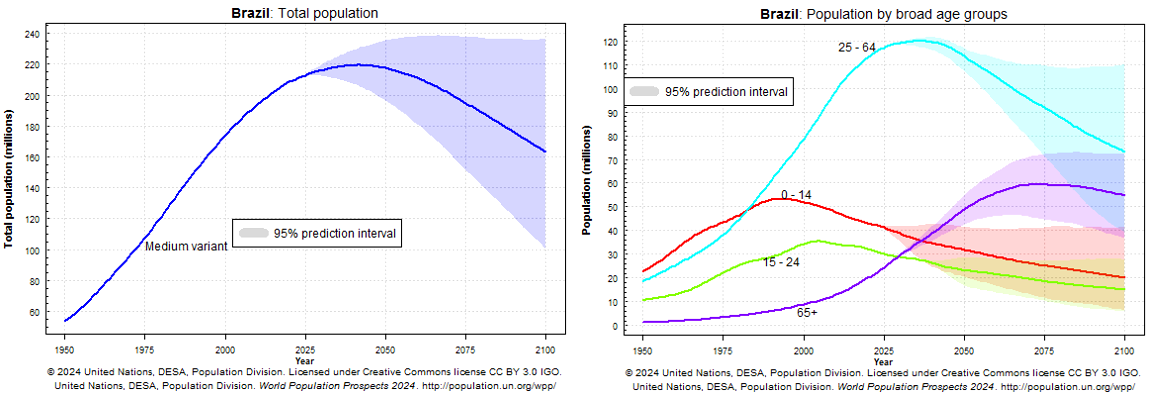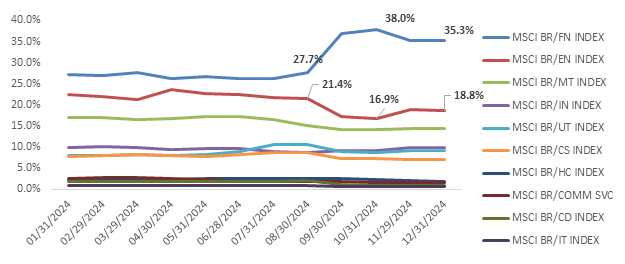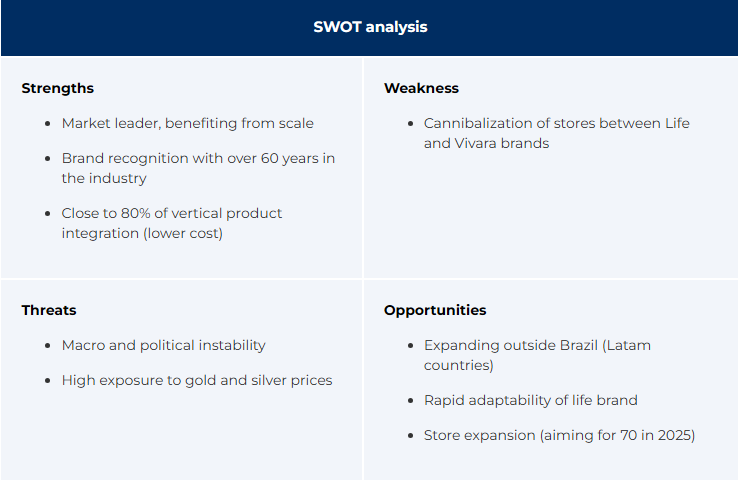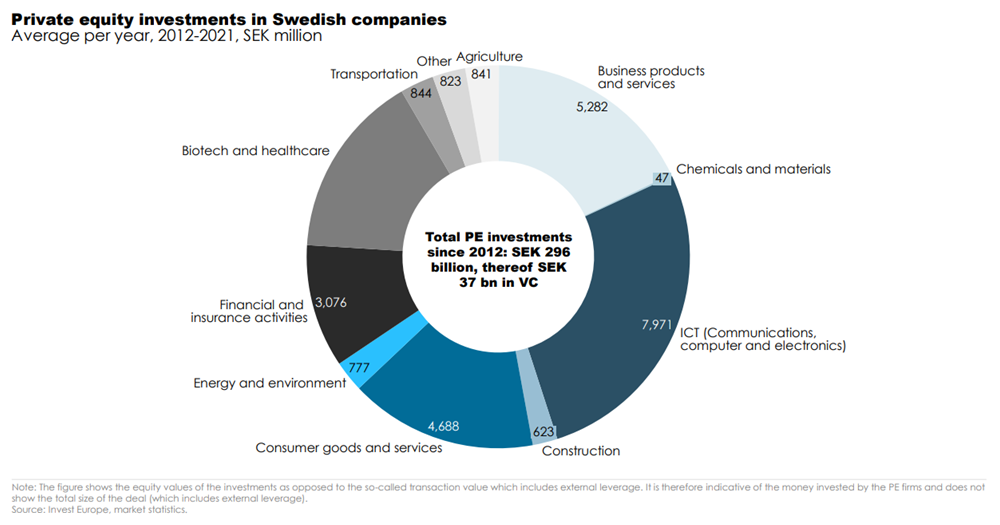
Earlier this month, we attended the Daiwa Investment Conference in Tokyo, which is the largest conference of its kind in Japan. Over 400 companies and 650 investors participated. We met a total of 20 companies, of which six are holdings in our portfolios. Across various industries, many companies emphasized improving ROE, shareholder return and corporate governance.
The overall sentiment remained cautiously optimistic despite tariff concerns. So far, only one new tariff has been applied to imports from Japan during this second Trump administration: 25% tariffs on steel and aluminum products from all countries and regions, including Japan.
Negotiations between the United States and Japan are hard to predict. Below are key factors to consider:
- Japanese vehicles account for about 30% of Japan’s exports to the United States. If high tariffs were imposed on these, the impact would be significant.
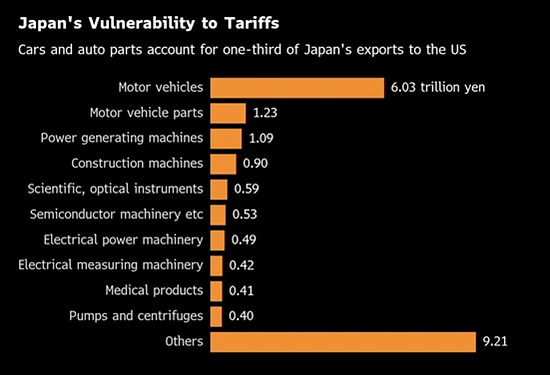
- Japan is the single-largest overseas investor in the United States, accounting for 15% of total foreign direct investment (FDI). Net FDI by Japan in the United States reached a record high of 73 trillion yen (USD77 billion) in 2024.
- Japan targets to spend 2% of GDP on defence. Based on the record-high GDP last year at 609 trillion yen, that would mean over 12 trillion yen (USD81 billion) on defence. Japan is a major buyer of US military hardware, which includes items like missile defence systems, fighter jets and munitions.
Year to date, Japanese small caps have outperformed large caps thanks to less exposure to tariffs. This is an ideal environment for domestic-oriented companies that benefit from healthy inflation, higher consumption driven by wage hikes, and inbound tourism.
- Inflation: The core consumer price index in Japan is expected to rise 2.9% year-over-year in February 2025, after +3.2% in January. The central bank policy rate in Japan is at only 0.5%; still lots of room to raise the rate to keep inflation under control.
- Wage hike: According to Rengo, Japan’s largest union group, Japanese companies have agreed to raise wages by 5.46% in the fiscal year 2025, the second year in a row above 5%. This reflects record-high corporate profits and the need to retain staff amid a labour shortage.
- Inbound tourism: A record high of 36.9 million foreigners visited Japan in 2024, up 47.1% from 2023, and up 15.6% from 2019. The largest number of visitors to Japan came from South Korea, followed by China, Taiwan and Hong Kong. Tourists’ consumption exceeded 8 trillion yen (USD53 billion) for the first time. Expo 2025 Osaka will take place between April 13 and October 13, 2025, and aims to attract over 28 million visitors, including 3.8 million from overseas.
As part of its growth strategy, Japan has set a target of 60 million foreign visitors and 15 trillion yen in consumption in 2030. Kotobuki Spirits Co. Ltd. (2222 JP), a company we initiated last year, is well positioned to benefit from such trend.
Founded in 1952, Kotobuki Spirits is a leader in premium gift sweets in Japan. The flagship brand is LeTAO which is known for its desserts, but especially its cheesecake. Other brands include Now on Cheese, Tokyo Milk Cheese Factory, The Maple Mania and more. Points of sale are in prime locations such as train stations, department stores, shopping malls and airports. Customers are local consumers, corporates and inbound tourists (20% of total sales). Gift giving is a common part of Japanese culture and oftentimes gifts are in the form of food or treats. The size of Japan’s domestic food and beverage gift market was estimated to exceed $32 billion in 2023.
Kotobuki Spirits’ main growth strategy is to expand distribution. About half of sales are from its directly owned stores, while the rest is from wholesale and online retail. Currently, it owns 130 stores and plans to open 5-10 every year. Thanks to its strong pricing power, the company raised prices by an average of 3% in fiscal year 2023 and by 10% in fiscal year 2024.
The management team is very stable and experienced. President Seigo Kawagoe is the son of the late founder. He has been with the company since 1994. The Kawagoe family owns 29% of outstanding shares. In the December 2024 quarter results, its sales grew over 14% and its operating profit was up 15%.


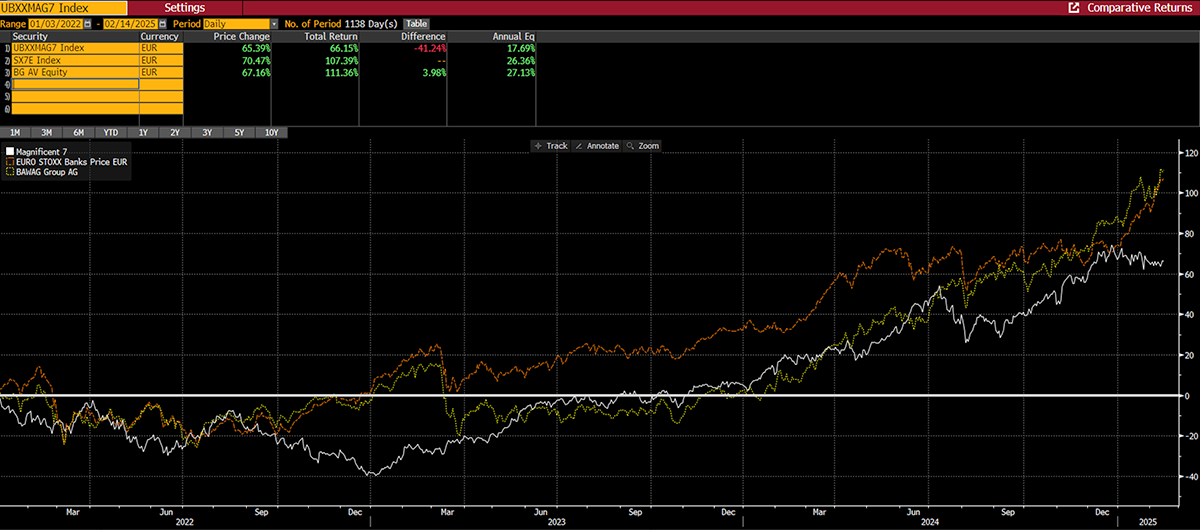





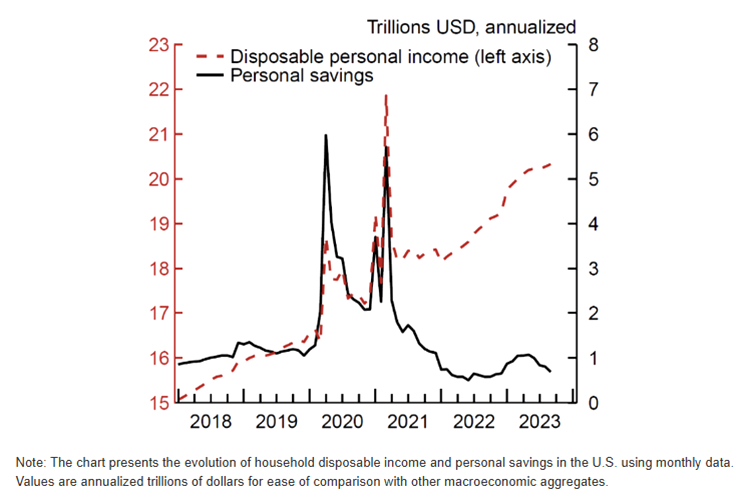 Source:
Source: 